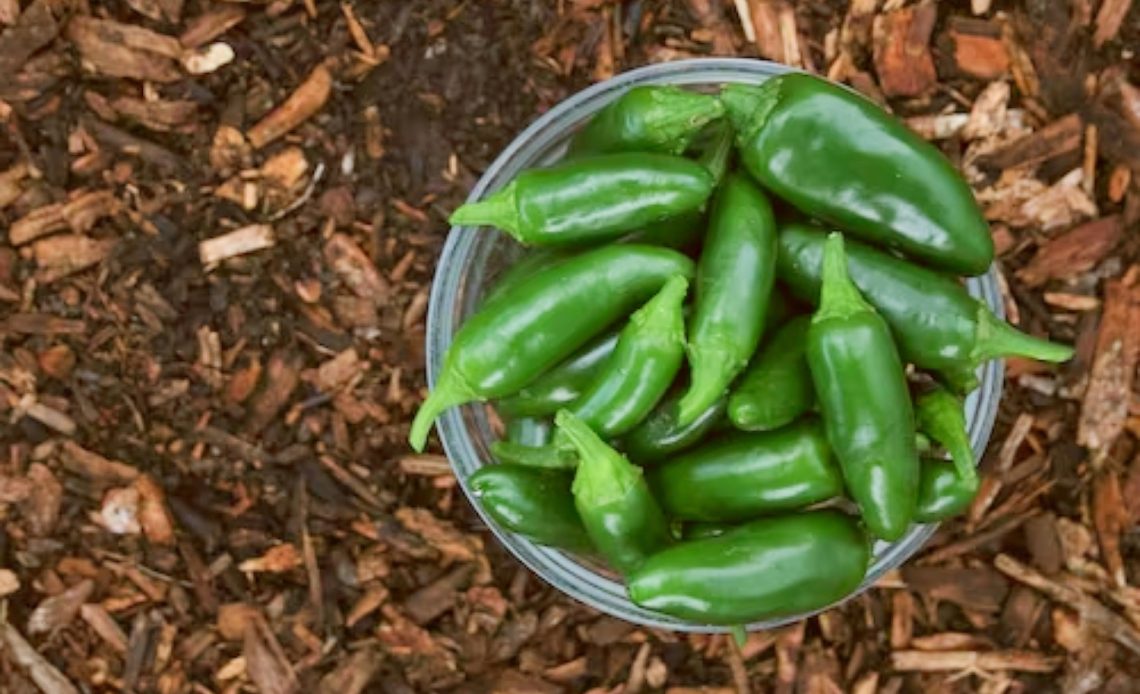

We’re here to help! Wild Yards is a completely free website that is 100% dedicated to helping you create a wildlife-friendly, sustainable yard. Read more
WildYards is reader-supported. When you buy a product through a link on our site, we may earn a comission. Every product is independently selected by our (obsessive) editors and our reviews are unbiased and objective. Read more about our mission or our privacy policy.
There’s nothing like the “kick” of a fresh jalapeno pepper. The crispy texture, the zesty heat. For fans of Mexican-style cuisine, jalapenos deserve a spot in your vegetable patch.
Homegrown jalapenos are the perfect addition to salsas, tacos, fajitas, and more. If you’re a big fan of spicy foods and you want to try your hand at growing jalapenos, there’s nothing to it.
These plants are very easy to grow. But knowing the 8 jalapeno plant stages will help you understand what to expect as your seedlings turn into pepper-producing plants.
Jalapenos are started from small white seeds, which germinate in 7 to 10 days. Once plants develop 3 to 4 sets of true leaves, they’re ready to be moved into the garden. Jalapenos can be harvested 70 to 80 days after the seeds have sprouted.
Stage 1: Starting seeds
Sowing seeds marks the beginning of the jalapeno’s growing stages.
If you’ve ever eaten a jalapeno, then you’ve probably seen the seeds. Jalapeno seeds are small and round and white to tan in color.
Sow 1 or 2 seeds in peat pots filled with potting soil at a depth of ¼ inch. Use your finger to gently tamp around the seeds to remove air pockets, and water the seeds well when you’re done.
Like all pepper plants, jalapenos grow best in moist soils. Be sure to water your seedlings regularly to keep them hydrated, but avoid overwatering them, or they may drown.
Once your seeds are all set, place them on a tray and keep them in a bright, warm location. Jalapeno seeds need heat to grow. The ideal temperature for jalapeno seed germination is between 70 and 80 degrees Fahrenheit.
Like tomatoes and squash, jalapenos are usually very easy to start from seeds, so they’re a good choice for beginner gardeners who are still getting a feel for things. In 7 to 10 days, if everything goes right, your seeds will sprout.
Jalapeno peppers are hardy from zones 8 through 11, where they can be grown as perennials. Gardeners living in cooler growing zones may also be able to grow jalapenos successfully, but typically only as annuals.
Although peppers are not considered to be particularly drought-tolerant, they do perform best in hot climates.
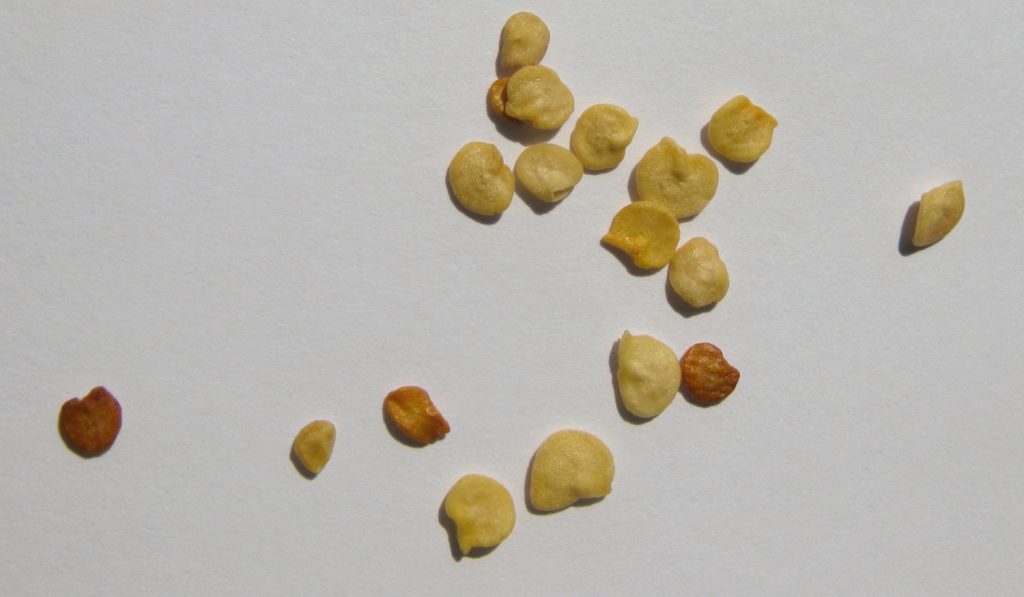
Stage 2: Seedlings
Jalapenos are dicotyledons, or dicots, which means that when they sprout, they emerge with two embryonic leaves, as opposed to just one, like corn or asparagus. This pair of embryonic leaves helps support the seedling during the second jalapeno development stage.
The seed leaves of a jalapeno plant are pale green and lance-shaped and are soon followed by the plant’s first set of true leaves, which take the shape of the plant’s adult leaves.
Exactly what shape your jalapeno’s true leaves take depends on the variety. But, in general, a jalapeno plant’s adult leaves are deep green with a smooth, glossy finish. The leaves are lance-shaped with pointed tips and slightly serrated edges.
The leaves grow in a spiraling pattern as the plant gets taller. The leaves of a jalapeno plant have a strong, distinctive smell when rubbed, much like other nightshade vegetables.
As your seedlings develop, they’ll spend all of their energy working on growing stronger roots and more leaves. When your seedlings measure 4 to 6 inches tall and have developed 3 to 4 sets of true leaves, they’re ready to be moved out into your garden.
Select a location that receives 6 or more hours of sunlight per day, and plant your jalapenos in sandy to loamy soil.
Be careful not to damage the roots during transplanting, and keep the seedlings well watered in the days following transplantation to help the plants get adjusted.
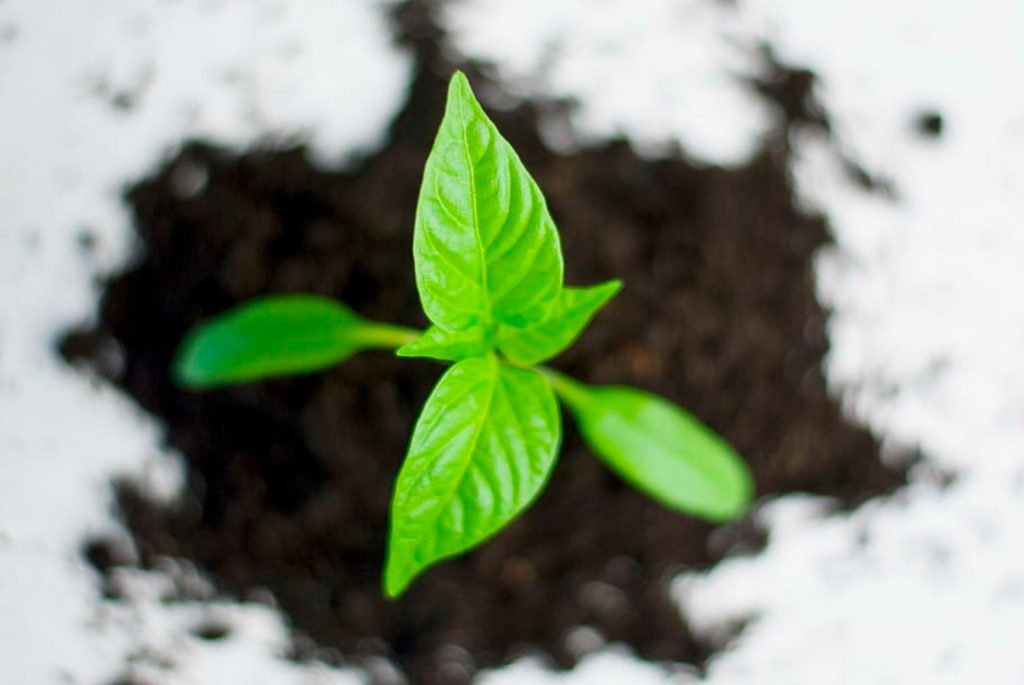
Stage 3: Getting established
Jalapeno plants are fast growers. Once your pepper seedlings have more room to spread out, you’ll notice a surge in their growth rate. At 4 to 8 weeks old, you’ll be able to tell the seedlings are young jalapeno plants.
Jalapenos typically grow 2 to 3 feet tall, but how big your jalapeno plants get depends on a variety of factors, including pruning and growing conditions. Some jalapeno plants never grow beyond a foot, while others can measure 4 feet or more.
Of course, how big the plants get at this stage isn’t necessarily an indicator of how well they will perform as they mature. It’s far more important to ensure your jalapeno plants look healthy overall.
If you’re careful to meet all of your jalapeno crop’s growing requirements, then the plants will grow dense, vibrant foliage. This is a good sign that the seedlings have developed strong root systems and are rapidly getting established.
Jalapeno plants are not heavy feeders, but they’re not light feeders, either. They’re somewhere in the middle.
As your jalapenos focus on getting established, they’ll rely on a steady supply of nutrients to help them meet their energy needs. Use compost or aged manure to feed your jalapeno plants and to keep the soil loose and aerated.
This is typically all that’s needed to ensure a healthy jalapeno crop later on.
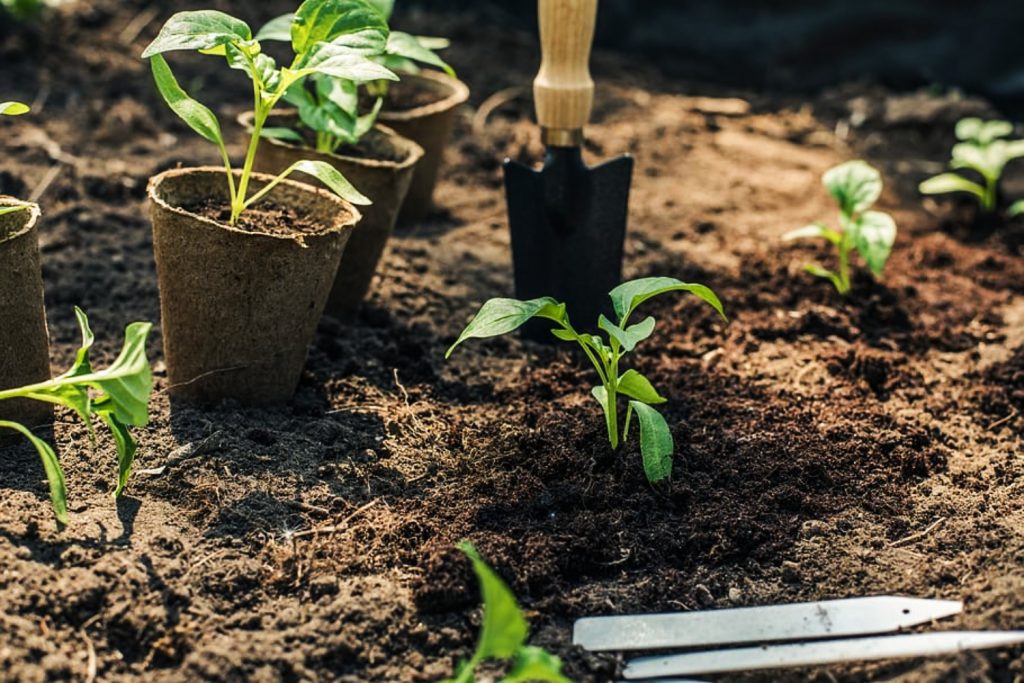
Stage 4: Maturing
At 8 to 16 weeks, your jalapeno plants will enter a new stage of development as juvenile plants transition into adulthood. During this jalapeno development stage, the peppers mature and start preparing to reproduce.
It’s critical that your pepper plants receive enough sunlight and water during this time. If the plants don’t have everything they need to produce food for themselves, their growth will be stunted, and this can severely impact crop yield later on.
It’s during this growing stage that you can safely prune the plant. Pruning your jalapenos isn’t something you necessarily have to do, but it can encourage the plants to produce more peppers. Thin out the plant’s foliage and remove damaged or misshapen branches to help the plant conserve energy.
Use a sharp pair of scissors to trim away the branches. Prune the foliage to just above a set of leaves, leaving a small amount of stem behind.
While pruning can help the plants produce more flowers and fruits, pruning too much can have the opposite effect. So to make sure your peppers benefit from pruning, never remove more than a third of the plant at a time.
Prune your jalapeno plants every few weeks to stimulate growth.
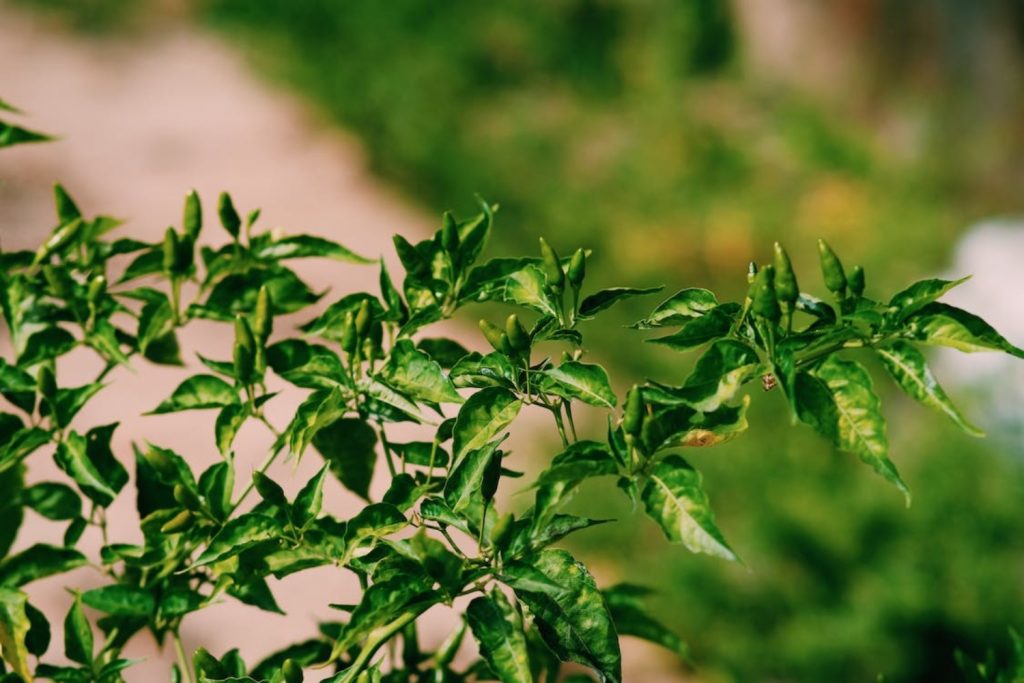
Stage 5: Flowering
After your jalapeno plants have matured, they will begin producing flowers. A jalapeno’s flowers are white, pale green, or yellow with green centers. Plants produce both male and female flowers, with male flowers blooming first.
Jalapeno pepper plants are self-pollinating, meaning they do not rely on outside sources to reproduce.
That said, plants still benefit from being pollinated by insects. Be sure to grow your jalapeno plants near flowers like marigolds and nasturtiums to attract beneficial insects.
Jalapenos produce dozens of flowers in a growing season, and each female flower has the potential to become a jalapeno.
Once the flowers have been pollinated, you’ll notice the plant begin to drop some flowers. These are the male flowers. Pinch these old blossoms off the plant to help it conserve energy and toss the buds at the base of the plant for added nutrition — or add them to your compost bucket.
The flowering plant stage can occur anywhere from 8 to 16 weeks of age. The flowering stage may occur very shortly after the plants reach maturity. Sometimes, the timeline is so tight that these two jalapeno plant growing stages may seem to coincide.
Be sure to keep your jalapeno crop well-watered during this time. The better you meet the plant’s growing requirements now, the more fruits it will produce later.
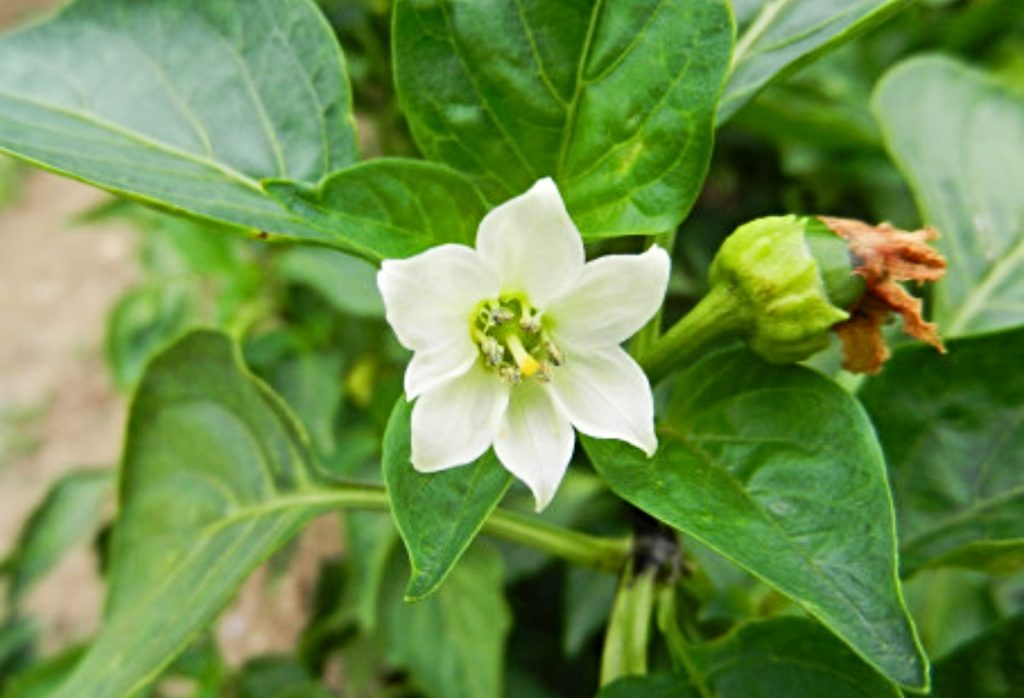
Stage 6: Making peppers
Once the female flowers have been pollinated, the plants will shift their focus once again. During this next phase, the plant’s flowers will be replaced by tiny peppers.
Jalapeno peppers are bright green when they first emerge, similar to the color found inside the jalapeno blossom. As the peppers ripen, their color deepens, going from green to almost black then to red, yellow, or brown.
What color your jalapenos will be when they’re ready to be picked depends on their variety, so double-check your seed packet so you know what to expect.
How much water you give your jalapeno plants during this stage directly impacts the spiciness of the peppers they produce.
If you want to grow the hottest peppers possible, water the plants sparingly — once a week should do the trick. But if you’d prefer sweeter peppers that are perfect for pickling and snacking, keep their soil moist.
Keeping the plants hydrated will help water down the capsaicin in the peppers, giving them a milder flavor.
Jalapeno peppers are ready to be picked when they appear smooth and shiny. Ripe jalapenos are rounded and have a firm, plump texture. The peppers typically measure 2 to 3 inches in length when they’re ready to be harvested.
The riper the jalapeno, the sweeter it will taste. Small, less ripe peppers are hotter by comparison.
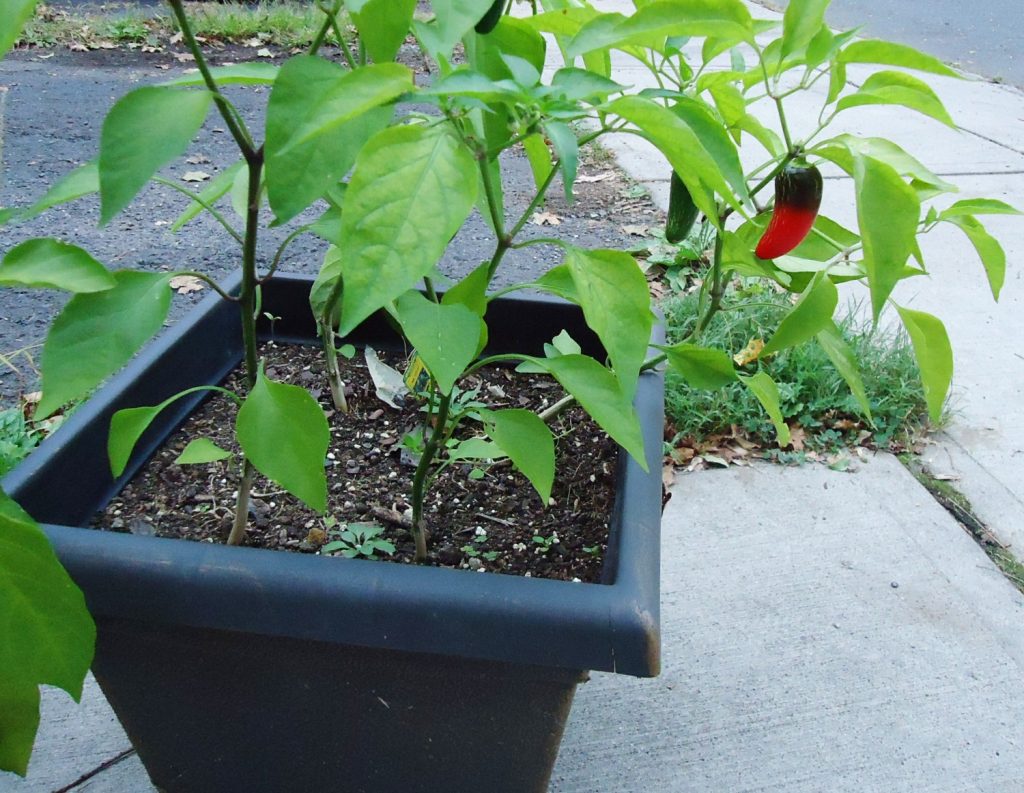
Stage 7: Harvest
When your peppers have ripened, you’ve reached the most exciting of the jalapeno growing stages: harvest time!
You’ll need to keep a close eye on your plants during the fruiting stage so you can harvest your peppers regularly. The sooner you harvest the peppers, the more peppers the plants can produce.
Jalapenos are usually ready to be picked from the plant 70 to 80 days after germination, however, this timeline can vary depending on the variety of the plant, as well as the conditions in which it’s grown.
Use a pair of scissors to trim the peppers away from the plant just above the pepper, leaving a bit of stem behind. Be sure to wear gloves when handling the peppers to avoid getting any capsaicin on your skin or in your eyes.
Unlike pumpkins, there is no need to let the peppers cure before you use them. Jalapenos are ready to be enjoyed the moment you pull them from the plant. A healthy jalapeno plant can produce up to 50 peppers — that’s a lot of salsa!
Jalapenos can be stored for a few days at room temperature, especially if they haven’t yet ripened. It’s worth noting that jalapeno peppers that ripen off the vine are not as flavorful as those that finish the ripening process on the plant.
Store extra peppers in the crisper drawer of your refrigerator for up to 2 weeks, or place them in the freezer, where they’ll last up to 6 months.
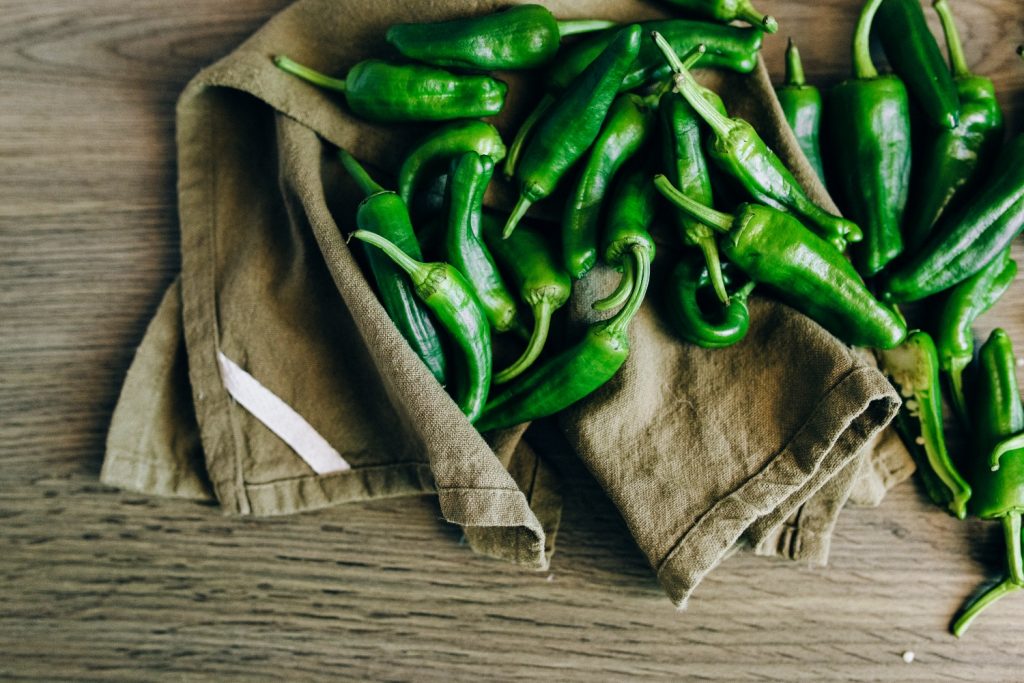
Stage 8: Dying back
When your peppers have finished producing fruits, your crop will reach the final phase of the jalapeno plant, which is dying back.
Jalapeno plants are usually grown as annuals. Many gardens uproot the plants at this stage and begin preparing the soil so a new crop can take its place during the next growing season. However, if you were to leave the plants in the ground, they would most likely continue growing.
If grown as a perennial, then once the plant has completed its main function in life (i.e. reproducing), growth will stall and the plant will drop its leaves as it prepares for its winter dormancy.
In warm growing zones that rarely see hard freezes, jalapeno plants may retain their leaves. Some plants may even continue producing peppers. In either case, once spring rolls around, the plants begin their fruiting cycle all over again.
Whether you leave your old jalapeno plants to continue growing or start new ones to take their place is entirely up to you.
Jalapenos are fast producers, so whichever choice you make, you’re sure to get plenty of fresh peppers during the next growing season. But established plants are likely to produce flowers a bit sooner in the growing season than new plants, so if you want to enjoy fresh jalapenos as early as possible, consider overwintering your jalapenos after the harvest, rather than uprooting them.
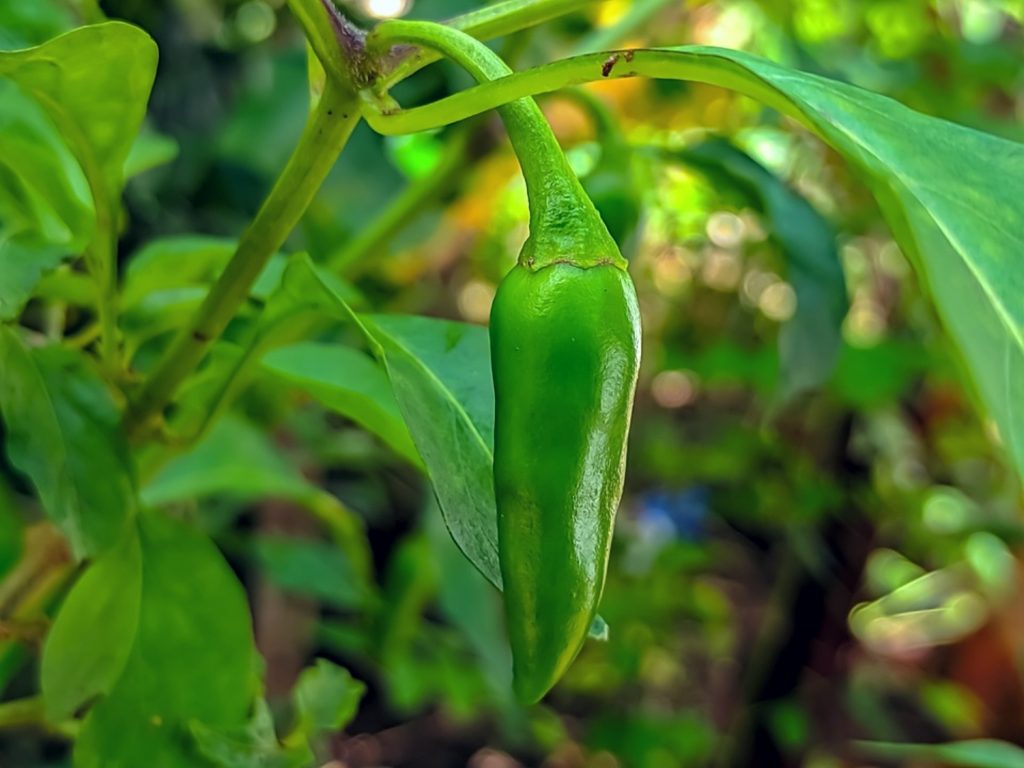
Can you grow jalapenos indoors?
Certainly! Maybe you’re an apartment dweller with limited outdoor space, or maybe you don’t want to commit to growing an entire vegetable garden. Whatever the case, jalapenos are easy to grow in pots and can successfully be grown indoors.
Simply transplant your jalapeno seedlings to large pots once they’ve developed 3 to 4 sets of true leaves. Keep the plants in the brightest, warmest location available to you. You should also be sure to keep the plant’s soil moist.
Peppers that make their way through the growing stages indoors may take a bit longer to mature than those grown outside.
Pepper plants love heat and humidity, and the relatively cooler, drier indoor climate may hinder their growth slightly. However, plants will still produce peppers. You just have to be patient.
Use a spray bottle to spritz the plant’s leaves and trap humidity. Once the plants begin to flower, use a small paint brush to transfer the pollen from male flowers to female flowers to encourage a healthy pepper crop.
Can you save seeds to start new jalapeno plants?
If you want to continue growing jalapeno plants in the coming seasons, then you can save seeds from the plant to start new seedlings later on.
To do this, allow one or two peppers to ripen completely on the plant. The peppers will turn deep red, yellow, or brown. Be sure to choose peppers that have not rotted or fallen victim to insects.
Use scissors to remove the pepper from the vine to avoid damaging the innards.
Next, cut the pepper in half lengthwise and use a spoon to scrape the seeds into a dish. Be sure to wear gloves and avoid touching your face when doing so to avoid irritating your skin and sinuses. Toss the pepper out once the seeds have been collected, then rinse the seeds under cool water to remove any pulp.
Spread the seeds out on a paper towel and allow them to dry for 7 to 14 days.
Once the seeds are no longer sticky, you can store them in a plastic bag or paper envelope until you’re ready to start new plants.
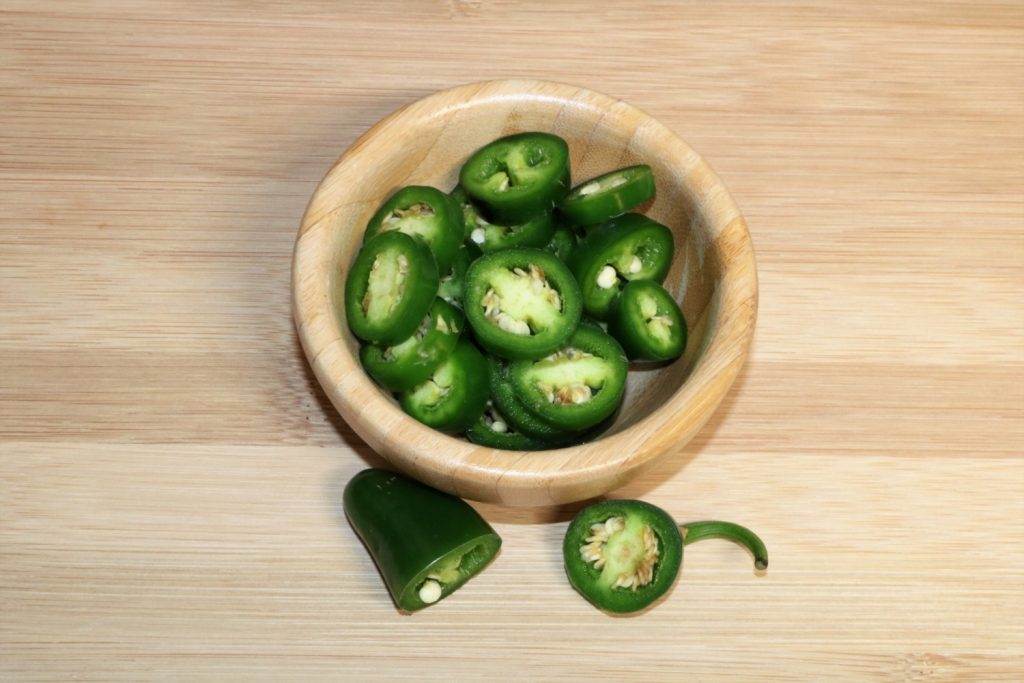
Does where you grow your jalapenos influence how many peppers they produce?
Obviously, you should be sure to plant your peppers in a spot that meets all of their growing requirements. The plants should receive full sun, and be grown in loose, well-draining soil that can easily be kept moist. This will encourage the plants to produce as many peppers as possible.
But where your peppers are placed within your vegetable garden’s layout itself also plays a significant role in crop production.
Jalapeno plants grow better next to some plants than others.
Broccoli, cauliflower, and other brassicas should also be planted far away from your pepper plants, as these veggies attract many of the insects that like to prey on jalapenos. Most herbs are safe to plant near peppers, but fennel can stunt the jalapeno’s growth.
So instead, plant your jalapeno peppers near tomatoes, basil, cilantro, and onions to repel damaging insects.
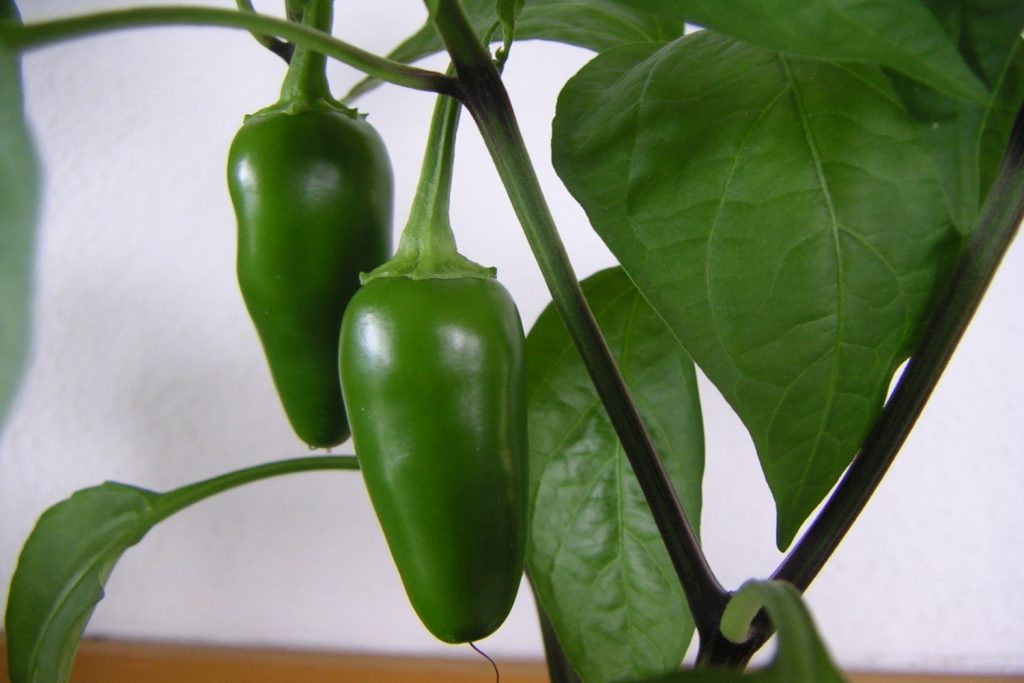
Should you feed your jalapenos?
As we mentioned earlier, jalapeno plants are moderate feeders. You can grow them successfully in nutrient-poor soils because the plants are somewhat adaptable. But you won’t get as many peppers, and the peppers you harvest won’t have the best flavor profile.
So if you want plenty of peppers, and you want those peppers to be of the best quality possible, you need to make sure your plants are well-fed.
If your native soil is loamy, then a healthy dose of compost should be all that your peppers need throughout the plant-growing stages. But if your garden has poor soil, you can fertilize the plants to help them grow and produce.
Like all plants, jalapenos rely on nitrogen, potassium, and phosphorus to grow well, but with an emphasis on potassium and phosphorus, which encourage flower and fruit production. Too much nitrogen will encourage the plants to produce more foliage.
Use an NPK fertilizer like 5-10-10 to feed your pepper plants, once when you move them out into the garden and again when the plants start producing flowers. This should be more than enough to help the plants make their fruits.
We recommend testing your soil ahead of time to avoid over-fertilizing your plants. Giving your jalapeno peppers too much food will result in a poor crop yield.
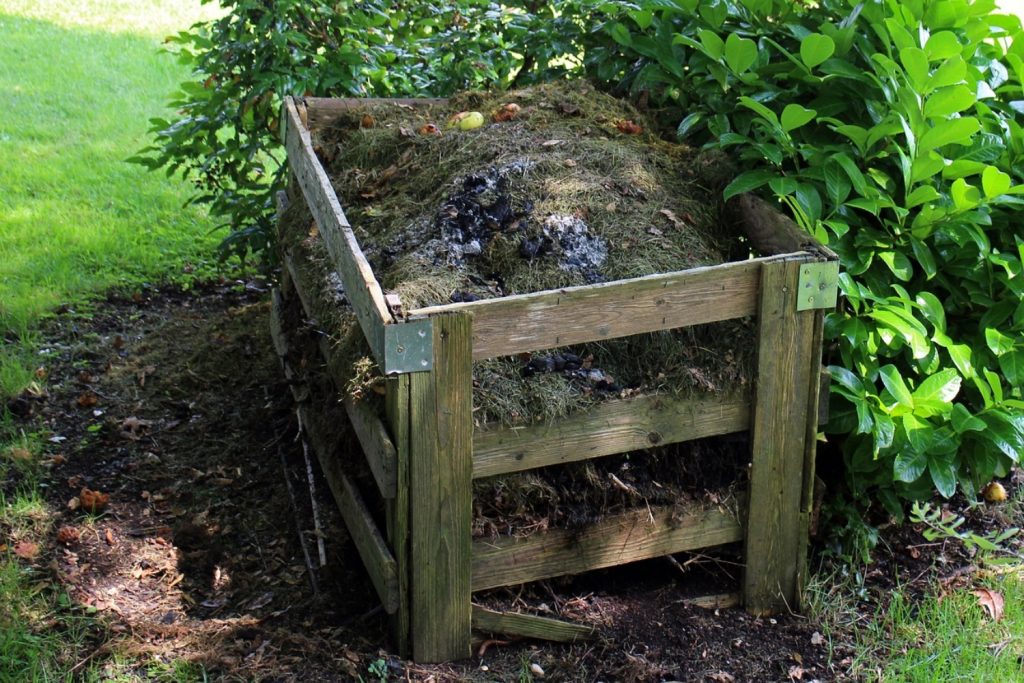
How can you improve your jalapeno pepper flavor?
Meeting all of your pepper crop’s growing requirements as they make their way through the growing phases is the first and most important thing to do if you want delicious jalapenos. But there are a few other factors that can influence how good your jalapeno peppers taste that are worth keeping in mind as well.
Let’s start with the soil pH. Peppers grow best in neutral to slightly acidic soil that has a pH of 6.0 to 7.0.
Plants may be able to survive in soils that are slightly more acidic and slightly alkaline than that, but they won’t grow well. Fruits will have a poor texture and an even poorer flavor. So test your soil at the start of the season and amend it as necessary. Use wood ash to raise the soil pH, and sphagnum moss to lower it.
Additionally, it may sound surprising, but staking the plants up can also encourage them to produce tasty peppers.
See, if a jalapeno plant gets top-heavy and bends over, that places a strain on the main stem and branches. If the plant is bent in such a way that the “circulation” going to its fruits is cut off, it won’t be able to nourish the fruits properly, resulting in bland jalapenos that are slow to ripen and small in size.
Staking the plants up is a simple, effective, and little-thought-of method for enhancing the flavor of your jalapenos.
Is growing jalapenos from seeds worth it?
Jalapenos are so easy to start from seed, and that makes them incredibly rewarding to grow.
If you’d rather skip the seed-sowing stage and go right to the garden, purchase jalapeno seedlings from a local nursery or garden center, instead.
But if you’re new to gardening, or if you just want to see the jalapeno plant stages for yourself, then growing jalapenos from seeds is absolutely worth it.
